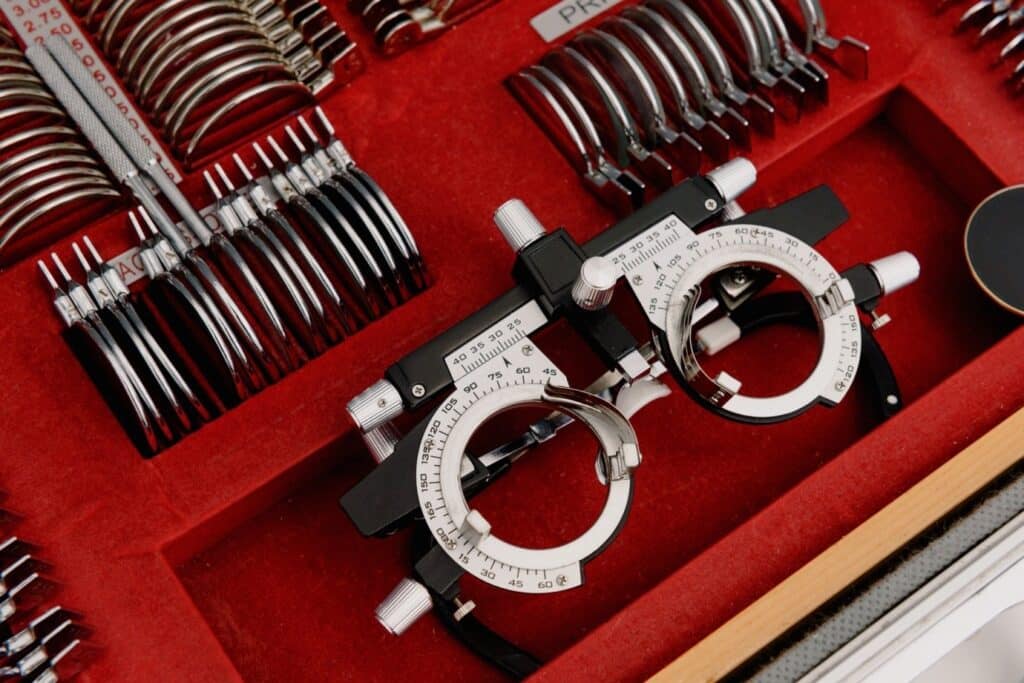Laser Eye Surgery Clinical Trials in the US
Eyes are probably our most precious asset. A world without vision is simply dark. However, it is not always possible to avert eye disorders, diseases, or injuries.
In such cases, the patient needs to undergo correcting eye surgery. The success of any medical or surgical treatment depends on how the process proves itself during the clinical trials.
Current Laser Eye Surgery Clinical Trials in the US
Here is a list of the top laser eye surgery clinical trials in the US:
1 – The RESTORE Study, a Randomized, Controlled, Masked (Reading Center) Prospective Study
This was a ‘randomized, controlled, masked (reading center) prospective study of the effectiveness and safety of the Ocular Therapeutix DEXTENZA (dexamethasone ophthalmic insert) 0.4 mg for treating post-operative inflammation and pain in patients who underwent PRK laser eye surgery.
Vance Thompson Vision sponsored the RESTORE study in collaboration with Ocular Therapeutix, Inc.
This study compared the outcomes and patient preferences for an intracanalicular dexamethasone (0.4 mg) insert versus conventional steroid drop treatment in the contralateral eye after bilateral PRK surgery.
Details of the RESTORE Study
- Phase – Phase 4
- Study Type – Interventional
- Enrolment – 20 participants
2 – DEXTENZA Compared to Topical Prednisolone in Patients Undergoing Bilateral LASIK Surgery
This was a prospective, single-center, open-label, investigator-sponsored, randomized clinical study that investigated outcomes in patients undergoing bilateral LASIK surgery, comparing a dexamethasone intracanalicular insert to conventional topical prednisolone therapy.
This study aimed to compare patient preferences and treatment outcomes between the intracanalicular dexamethasone (0.4 mg) insert and the conventional steroid drop treatment in the contralateral eye after bilateral LASIK surgery.

Details of DEXTENZA Study
- Phase – Phase 4
- Study Type – Interventional
- Enrolment – 20 participants
3 – Randomized, Non-inferiority Trial Comparing SMILE and LASIK
The randomized, non-inferiority trial comparing SMILE and LASIK was conducted by the Singapore National Eye Centre in Singapore.
This study was designed to compare the effectiveness of SMILE (Small Incision Lenticule Extraction) eye surgery with the outcomes of LASIK (Laser in Situ Keratomileusis) eye surgery.
The main aim of this trial was to determine whether SMILE is non-inferior to LASIK in terms of outcomes 3 months after surgery.
Notably, the trial design involved each participant’s two eyes: one eye underwent SMILE and the other eye underwent LASIK, an important detail for understanding the trial’s setup. After providing consent, eligible participants were enrolled in the study.
Details of Randomized Trial Comparing SMILE and LASIK
- Phase – Phase 4
- Study Type – Interventional
- Enrolment – 70 participants
4 – Long-term LASIK Follow-up Study
LASIK eye surgery is the most commonly used technique for corneal refractive surgery to treat myopia correction. This is one of the rare studies that have been conducted to evaluate the long-term results after LASIK eye surgery.
This study aimed to assess the long-term results (5 to 10 years post-surgery) of LASIK, determining the stability of visual outcomes and the long-term effects on corneal morphology via in vivo confocal microscopy.
To have been eligible for the Long-term LASIK Follow-up Study, participants must have undergone LASIK eye surgery at the Kellogg Eye Center 5 to 10 years prior, to correct myopia or myopic astigmatism using either a femtosecond laser or a microkeratome.
Details of Long-Term LASIK Follow-up Study
- Phase – Phase 4
- Study Type – Observational
- Enrolment – 51 participants
Conclusion
These are the current top laser eye surgery clinical trials in the US. If you want the precise details of the participation process and information on the application, feel free to use the contact details provided.
See Also
Grants for Visually Impaired Adults
Foster Grant Reading Eye Glasses
How much do clinical trials pay
References